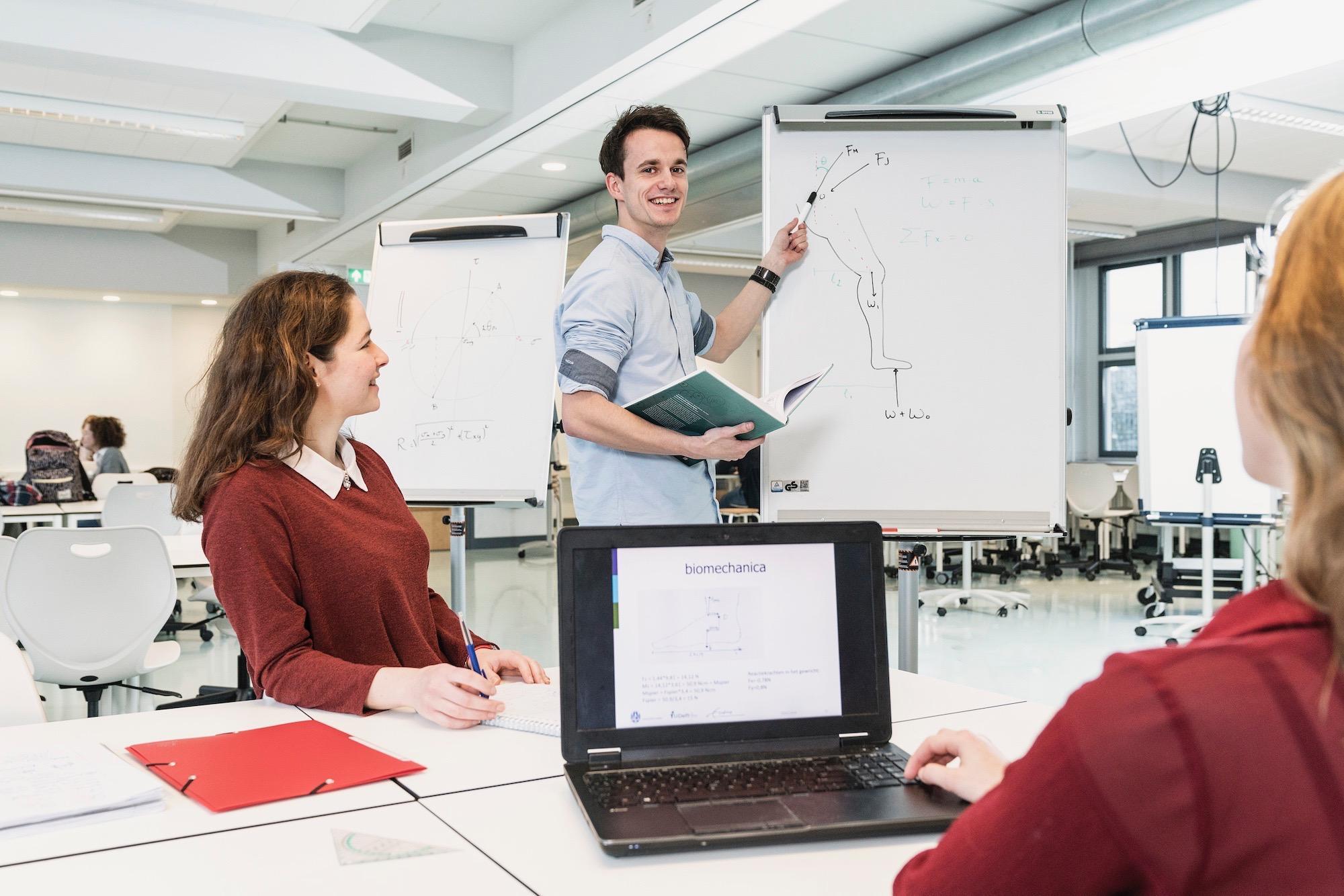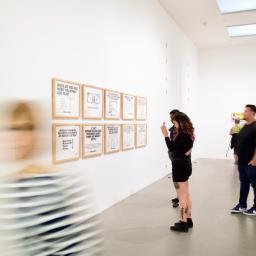Good news for the technical physicians who will be first to graduate from the joint programme at TU Delft, Erasmus MC and LUMC. They can use the legally protected title of clinical technologist and register in the BIG register. This makes them officially registered healthcare professionals allowed to carry out reserved procedures independently.
Clinical technologists will be given first-line status and therefore have the authorisation to register and declare healthcare activities. This is a milestone in the positioning of this still recent professional field, according to programme director Jaap Harlaar and Pleun Hermsen.
Medical professionals, such as anaesthesia assistants, carry out procedures in many places in hospitals under the supervision of doctors. In these ‘extended arm’ situations, the doctor remains responsible, but in clinical technology it is difficult to assign responsibility this way. ‘If you plan a minimally invasive intervention based on complex 3D imaging, you can’t delegate responsibility for that to someone who doesn’t completely understand it. Clinical technologists operate in their own domain of knowledge, with their own expertise and responsibilities in the treatment team,’ says Pleun Hermsen. Within that domain, they are now also allowed to carry out medical procedures independently, such as surgical procedures or the administration of ionising radiation.
The clinical technologist’s field of expertise is described as follows in the BIG Act:
'The clinical technologist’s area of expertise includes the optimisation of existing technical medical procedures as well as the design and development of new diagnostic methods and therapies using technology and the carrying out of complex technical medical procedures in the technical medical field of medicine in which the clinical technologist is trained.'
Read more on the website of the Dutch Association for Technical Medicine (NVvTG): www.nvvtg.nl
Unfortunately, this new discipline has been regarded with trepidation for a long time. Unfamiliarity breeds suspicion. The BIG registration will open doors and remove barriers. This is a prerequisite and an important moment of recognition for the profession.
The extensive attention on the profession will now act as a “charm offensive” for the clinical technologist. I’m extremely pleased about this..” - Jaap Harlaar
Leiden-Delft-Erasmus Education
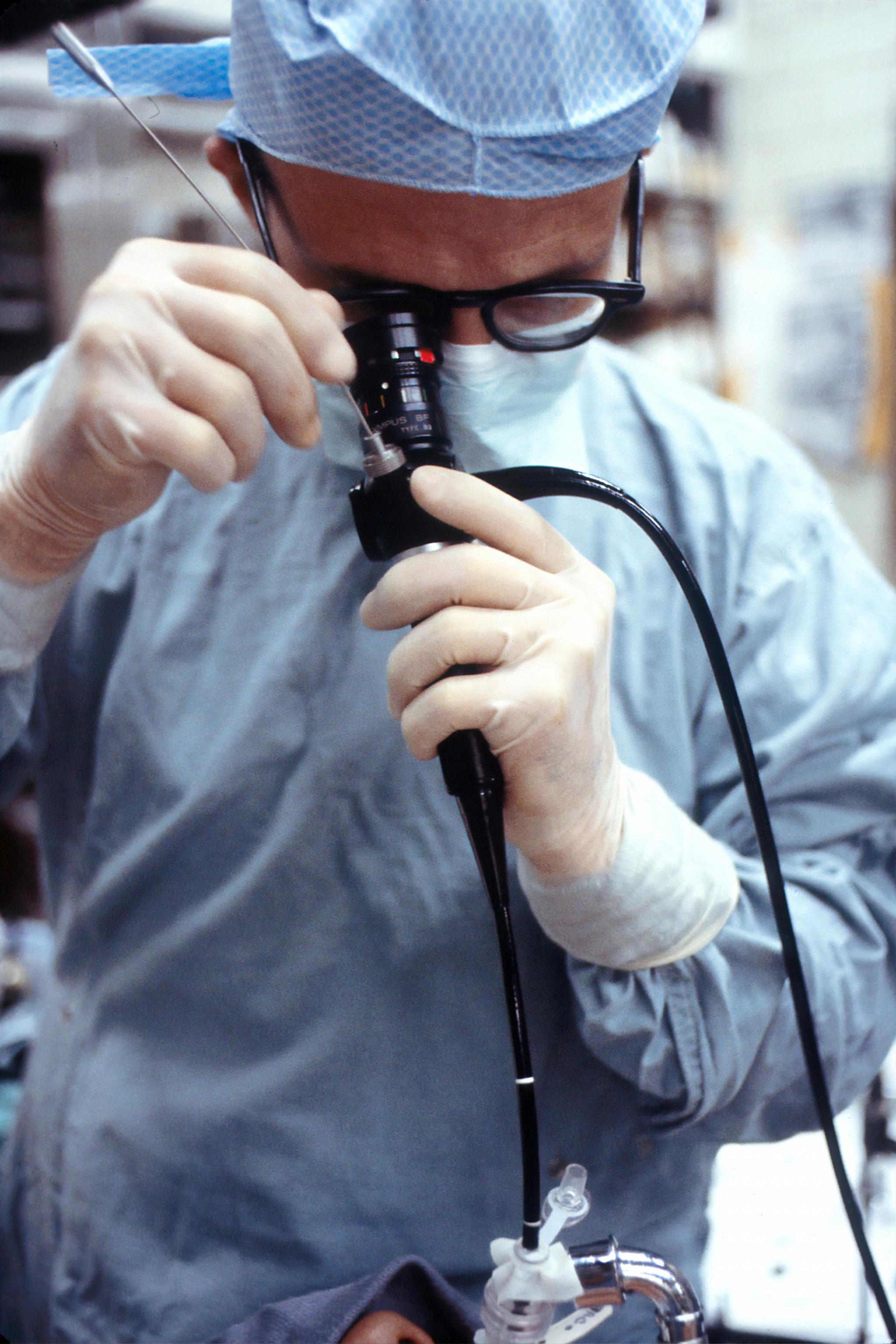 Following in the footsteps of the University of Twente, Leiden-Delft-Erasmus launched the bachelor programme Clinical Technology in 2014 and the master Technical Medicine in 2017.
Following in the footsteps of the University of Twente, Leiden-Delft-Erasmus launched the bachelor programme Clinical Technology in 2014 and the master Technical Medicine in 2017.
The programmes are appropriately led by an engineer and a doctor: professor of clinical biomechatronics Jaap Harlaar and (non-practicing) trauma surgeon Pleun Hermsen. ‘A joint programme comprising three top-level institutes has great added value for students. It gives them access to different playing fields and enormous know-how,’ says Hermsen. Travelling together to the different locations also forges close group ties, although that is momentarily on hold. Nevertheless, navigating between three institutes can be tricky as well. ‘It's up to the programme team to remove any barriers,’ Harlaar says. ‘For example, initially each organisation had its own information campaign for recruiting students, which was confusing. Now we all use the same approach.’
This information is important, because the training requires students to have a different mindset than medical training. ‘A doctor is trained to follow protocols, and that is necessary in clinical practice. But in addition to the patient’s well-being and the protocols, our students also look at the technical side. They analyse the human body more like “engineers”, as it were,’ says Hermsen.
‘One of our students once said: “I can only remember it if I understand how it works,”’ says Harlaar. ‘That’s a typical engineering attitude, in fact that’s how I think too. At the same time, they shouldn’t fall into the engineering trap of coming up with well-intentioned solutions to non-existent problems. The clinical technologist’s strength lies in connecting the two worlds in such a way that it becomes a win-win situation.’ This also requires considerable sensitivity to one’s environment.
Our students embody the spirit of the hospital and know the culture and implicit rules. This allows them to design or apply technology in the interest of the patient or the practitioner.” - Pleun Hermsen
Career opportunities for LDE clinical technologists
Where will the freshly graduated LDE clinical technologists end up? About half of the 500 people who have already graduated from Twente have a BIG registration. ‘Some of the others work in hospitals in departments where there is less contact with patients,’ says Hermsen.
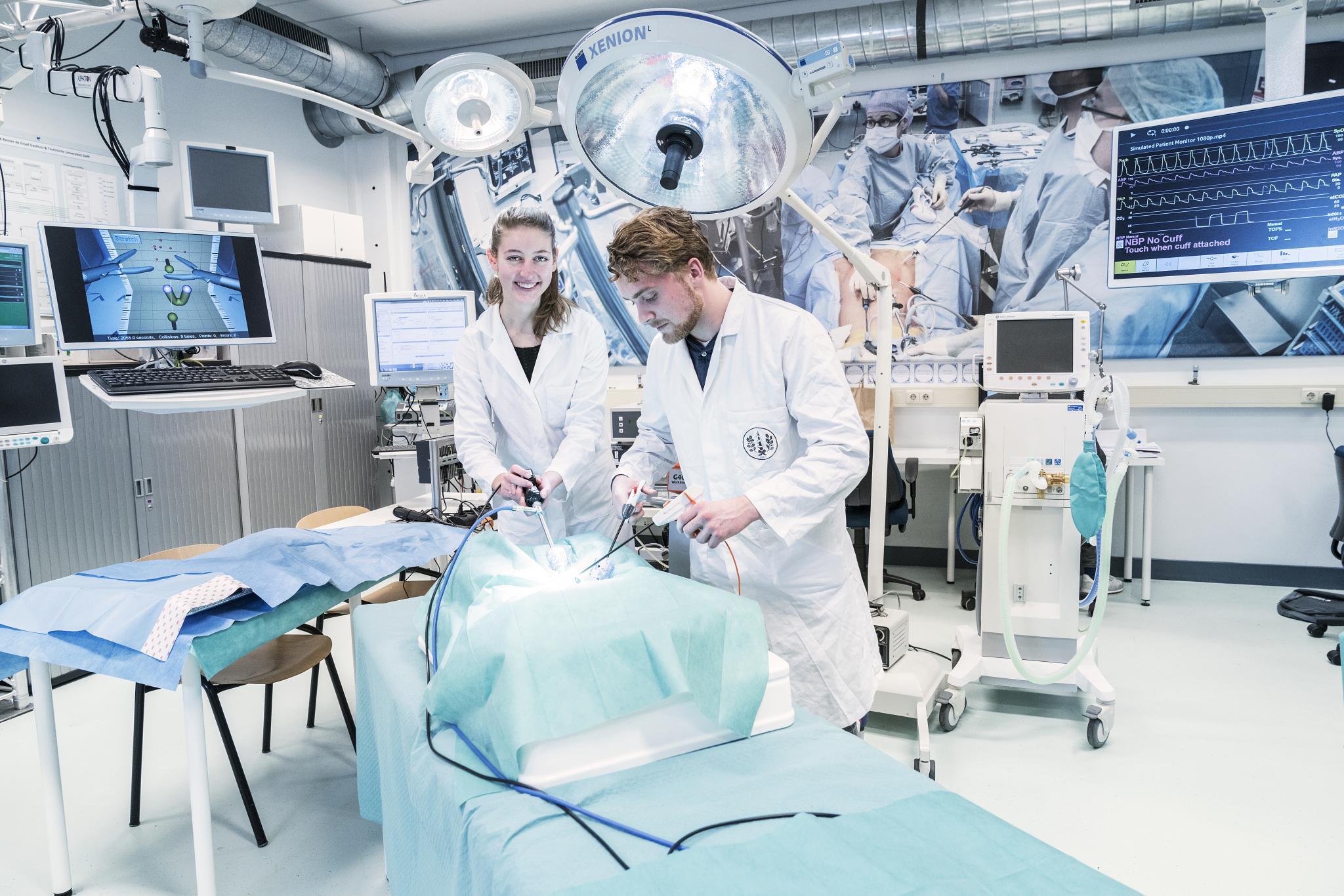 The business community is also interested in their skillset. ‘Technical physicians are adept at communicating with medical specialists and engineers, which makes them popular with large companies such as Philips and Siemens, but also with start-ups in medical technology, which they sometimes set up themselves based on one of their own innovations,’ says Harlaar. ‘But the ideal place for a clinical technologist is as part of a multidisciplinary treatment team, where they stand next to a doctor, providing supplementary advice based on their expertise, helping the decision-making process and using technology adequately and safely for the diagnosis or treatment of a patient.'
The business community is also interested in their skillset. ‘Technical physicians are adept at communicating with medical specialists and engineers, which makes them popular with large companies such as Philips and Siemens, but also with start-ups in medical technology, which they sometimes set up themselves based on one of their own innovations,’ says Harlaar. ‘But the ideal place for a clinical technologist is as part of a multidisciplinary treatment team, where they stand next to a doctor, providing supplementary advice based on their expertise, helping the decision-making process and using technology adequately and safely for the diagnosis or treatment of a patient.'
The BIG registration makes it easier for them to assume that position, though it is certainly not a given everywhere yet. ‘You still feel the reluctance sometimes,’ Harlaar says, ‘but once they have become part of a team, they immediately prove their added value.’ Hermsen agrees: ‘There are still gains to be made. It takes time to show everyone that we exist and demonstrate what we’re capable of doing.'
Advent of medical technology
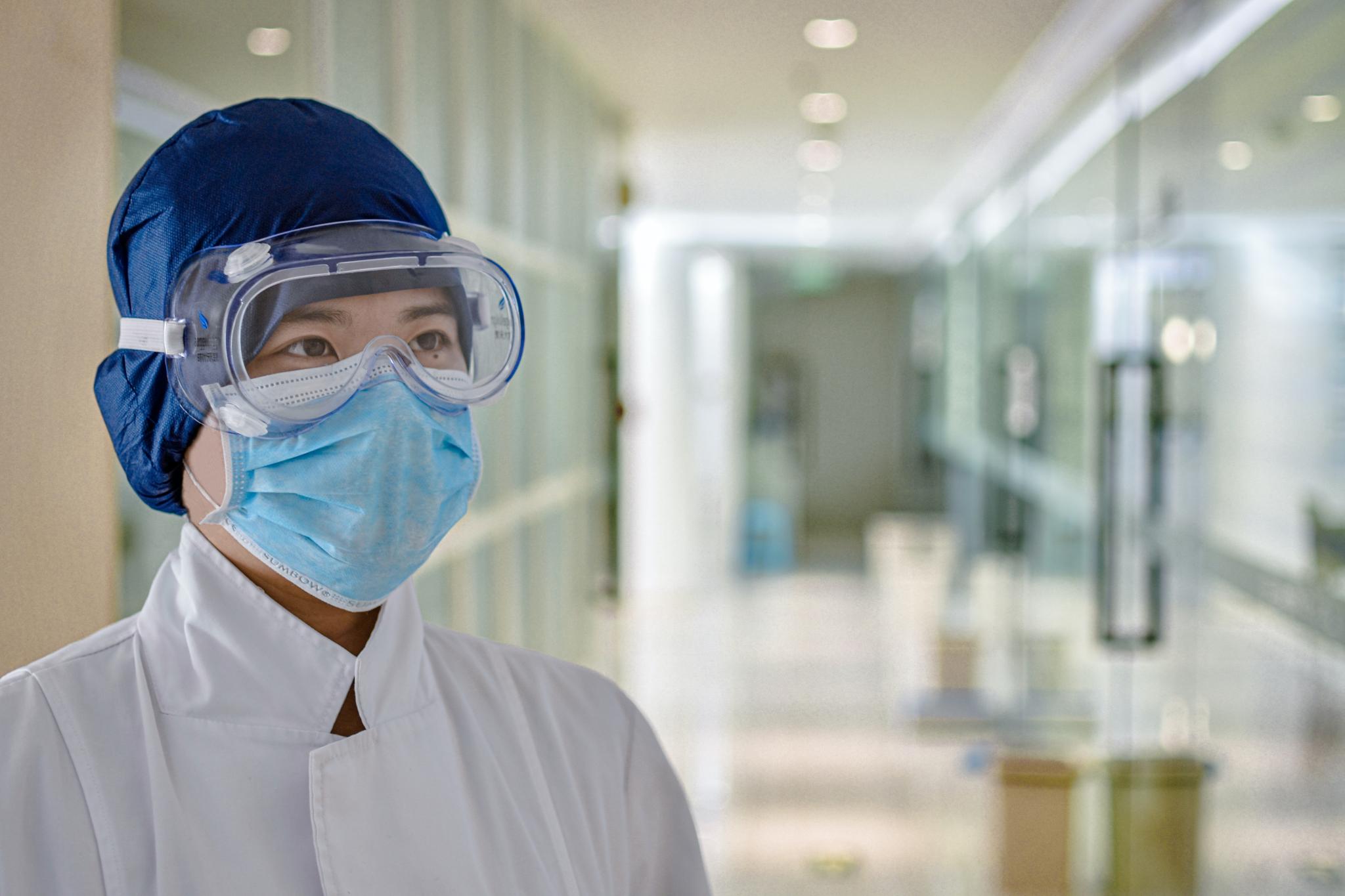 Harlaar en Hermsen are convinced that the added value of clinical technologists will only increase in the coming years. ‘Think, for example, of the development of algorithms to improve the detection of breast cancer in population screening. Medical imaging is playing an increasingly important role in diagnostics,’ says Hermsen.
Harlaar en Hermsen are convinced that the added value of clinical technologists will only increase in the coming years. ‘Think, for example, of the development of algorithms to improve the detection of breast cancer in population screening. Medical imaging is playing an increasingly important role in diagnostics,’ says Hermsen.
‘By further automating routine work, money and human experience can also be freed up for other things, such as care for the elderly.’ Harlaar: ‘Even in clinical interventions, it’s crucial to understand the mechanisms at work in medical innovations in order to assess the treatment properly.’ With the advent of medical technology, the future of Technical Medicine seems assured.

